Botany for beginners
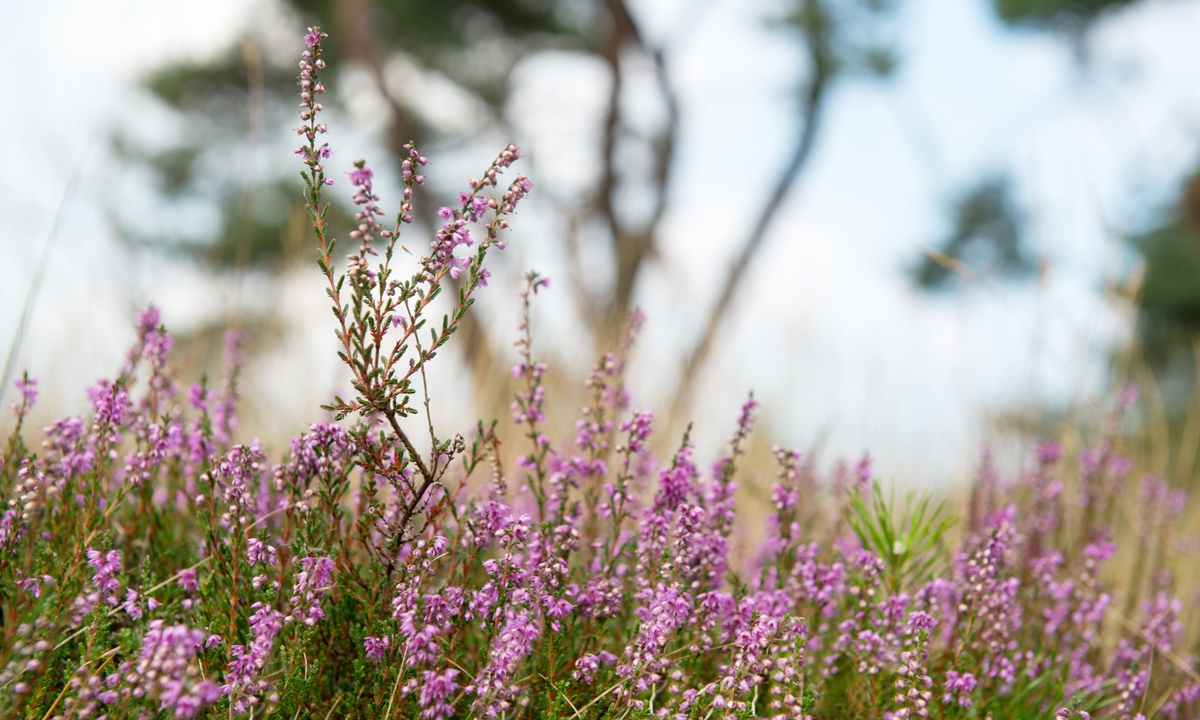
Plants, such as algae or fungi, arouse the curiosity of many people. The motivations for wanting to get started in the world of botany may be diverse, but to avoid running away at the first sight of trouble, there are a few things you can keep in mind. Fortunately, dear beginners, you’ve come to the right place. In this article we would give you some tips on how to successfully navigate the world of plants, we would recommend some handy resources and we will talk about common beginner mistakes. Welcome to the world of botany!
There are many reasons for wanting to learn about botany: knowing the name of the plants we find during our outings in nature, knowing their properties, what are they used for, because we have a garden or an orchard and we want to know what to grow and how… Or simply because we have the need to have a better understanding of our world, appreciate the planet’s biodiversity and, why not, contribute to its preservation. As is commonly said, the first step in appreciating the richness of plants that surround us is getting to know them.
One day, you will firmly grab a guide or a botany manual to find out the name of some species you are looking at and you will possibly find a definition that looks like this:
Shrub or bush, usually erect-branched; leathery leaves, revolute, albo-tomentose on the back; pauciflorous whorls; bilabiate calyx; pale blue corolla or, more rarely, intense, 10-12 mm.
Please, don’t run away! Keep reading!  Rosmarinus officinalis. / Antonio Castagna (Flickr).
Rosmarinus officinalis. / Antonio Castagna (Flickr).
Botanical vocabulary: the great unknow
What to do when faced with these kinds of definitions? Perhaps we will naively look them up in the glossary. But let us tell you something: you will surely find other terms in the definition that would raise some questions. For example, when we look up verticillaster, we will find the following definition: “False whorl. Cymose inflorescence more or less glomerular and dense, but interrupted, which is situated in the axil of a bract”. Do you need to look up any other words?
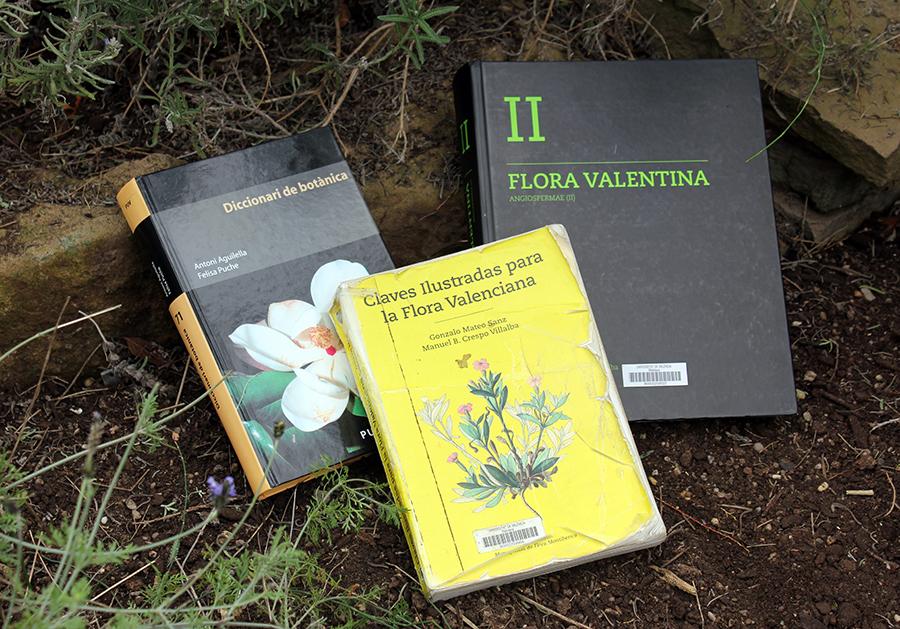 Manuals of Botany. / E. Caballer.
Manuals of Botany. / E. Caballer.
If you find yourself in this situation, when your main goal is to find out a name, to identify the plant, the wise thing to do would be finding somebody who can guide you. This is Olga Mayoral’s advice, botanist, professor and researcher in Science Education. Furthermore, before jumping into all these different botany works, you need to learn about how and why are plants classified, what’s the meaning of the binomial structure, the parts of a flower and its typologies, etc. Once you’ve built this knowledge and you’ve become familiar with the vocabulary, everything would be more accessible. Nevertheless, the help of experienced botanists will help us discern between not so important information and essential information in order to keep moving in the right direction.
We can ask ourselves why they use compound names or why in latin. Or why the vocabulary is so complex. The binomial nomenclature, consisting of two latin words, was introduced by C. Linné to standardise the name of all the different species. The first word indicates the genus and the second the species. Thus, each living organism has a unique, unequivocal and universal name, regardless of the language of origin or the alphabet of the speaker (common names are different in each language and also within each linguistic area).
 Lavandula angustifolia and L. dentata. / Carlos Aedo (Flora Ibérica-Anthos). Lavandula latifolia (floracatalana.net).
Lavandula angustifolia and L. dentata. / Carlos Aedo (Flora Ibérica-Anthos). Lavandula latifolia (floracatalana.net).
Sometimes, names give us clues. In the images above, we can see that the three specimens are of the genus Lavandula. But each has a different epithet (the second word): angustifolia, dentata and latifolia. Angustifolia is formed from angus, meaning ‘narrow’, and folia, meaning ‘leaf’. Hence, ‘narrow leaf’. Dentata says it all. And lati means ‘broad’, so latifolia describes ‘broad leaf.
As Mayoral likes to say, there is no need to be afraid of Latin names or vocabulary. They can often help to refine the characteristic features of each species to the maximum and are simply one more tool that you have to learn how to use. Being adventurous may seem like a difficult strategy but it is actually not. Don’t be afraid to try.
Beyond the name
n addition to the names, botany can offer us many other things. For example, we may start asking ourselves some questions like: Why is this plant in this place? Why does it have leaves like this? Why if I go to the other side of the mountain I won’t find this species? How has it evolved? How has it adapted? How will climate change affect this plant? An aspect that will undoubtedly capture our interest because it helps us understand the paths we walk.
Let’s go back to the definition of the plant we previously gave you. Do you already know what plant it was? You had a clue in the shape of a picture! Rosmarinus officinalis, commonly known as rosemary. As you’ve read, it has revolute leaves. This means the margins are rolled downward to the underside of the leaf and, when it gets really warm in summer, they roll even more. The stomata remain at the bottom, protected by the plant itself, which provides shade, and by the rolled margin. In addition, the little hairs that cover it also provide shade. The warmer it is, the more it closes and folds back on itself. This is the main characteristic of revolute leaves.
Let’s see another example. The Juniperus sabina L., commonly known as creeping juniper. We will find it attached to the substratum, since it lives in an extreme environment, the high Mediterranean mountains: cold, windy, with skeletal soils and very rocky. This is why it has a cushioned effect (when the wind blows in all directions) and also a flag effect or vegetal dune effect (when the wind always blows in one direction). In any case, it seems to crawl or creep, as the common name reveals.
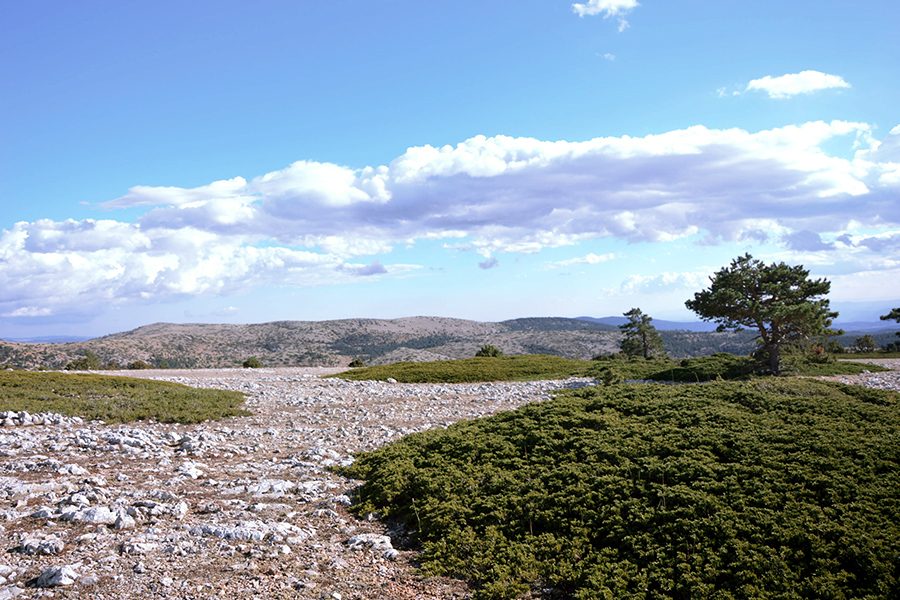 Juniperus sabina, Puebla de San Miguel Natural Park (València). / Alfredo Sánchez Garzón (Wikimedia Commons).
Juniperus sabina, Puebla de San Miguel Natural Park (València). / Alfredo Sánchez Garzón (Wikimedia Commons).
Some beginners mistakes
To get you ahead ahead of the game, we want to share some common misunderstandings about botany that need clearing up:
- What does botany study? Botany is a branch of biology that studies plants, but also other related organisms that are not plants: cyanobacteria, fungi (of which we usually know the visible part, mushrooms) and algae. And also, the more unknown lichens, organisms formed by the symbiotic association between a fungus and one or more algae or cyanobacteria.
- Although they appear to be so because of their size and looks, palms are not a type of tree. They are arborescent plants that do not grow in thickness, which is how the typical growth rings are formed. The trunk of the palms, which is not such, is called stipe and is the result of the remains of the base of old leaves.
- Daisies, thistles… Do we actually know how to identify their flowers? These plants are of the composite family and what we usually think of as the flower is actually a flower head. That is, an inflorescence containing many flowers gathered together that give the impression of being a single large flower. In the case of the daisy, for example, the flower head is the disk in the centre, usually yellow, and is surrounded by appendages that look like petals, both in texture and colour, which we know as ligule, but are not really petals.
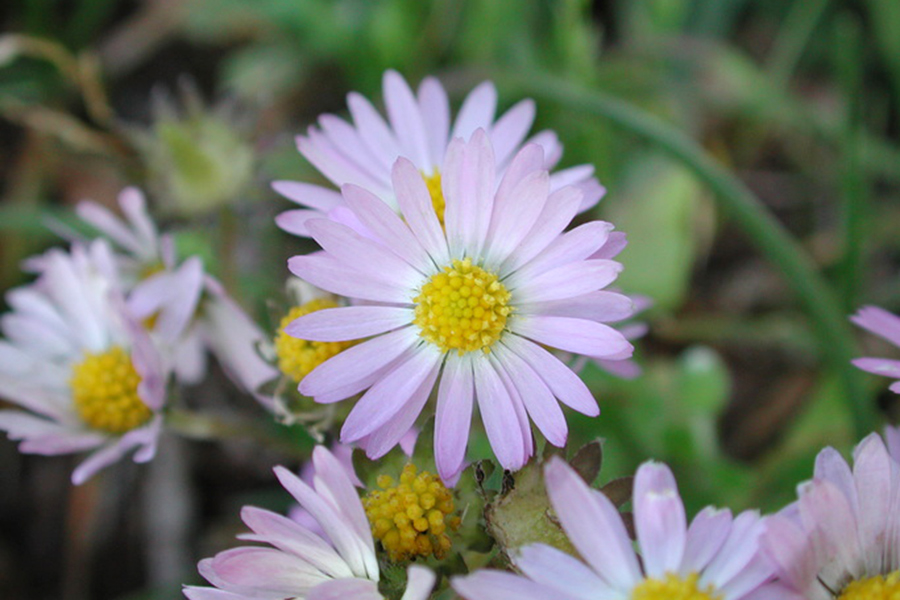 Bellisannua L. Subsp. Annua. / Floracatalana.net.
Bellisannua L. Subsp. Annua. / Floracatalana.net.
- When we start using identification keys (a type of manual to identify plants), one of the first points we find is “flowering plant” (angiosperms) or “non-flowering plant” (gymnosperms, bryophytes and pteridophytes). If we choose the option “plant without flower”, it will take us to the pines, mosses or ferns groups, among others. And of course, we can be in front of a specimen that doesn’t have a flower right now but it eventually will. How do we know? In this case, we’ll have to learn it by heart.
- Whenever we think we are looking at an orchid, let’s check twice. There are several families that have flowers with this characteristic bilateral symmetry, not only orchids. This means that they have a plane that divides the flowers into two symmetrically equal parts. Labiatae, bilabiate, leguminosae, papilionaceae and orchids share this characteristic. That’s why we will have to learn other characteristics in order to be able to differentiate them..
- Pine cones are neither fruits nor flowers. They are cones or strobili, a structure typical of conifers that carries seeds. Some seeds, such as those of the stone pine (Pinus pinea) are edible: pine nuts.
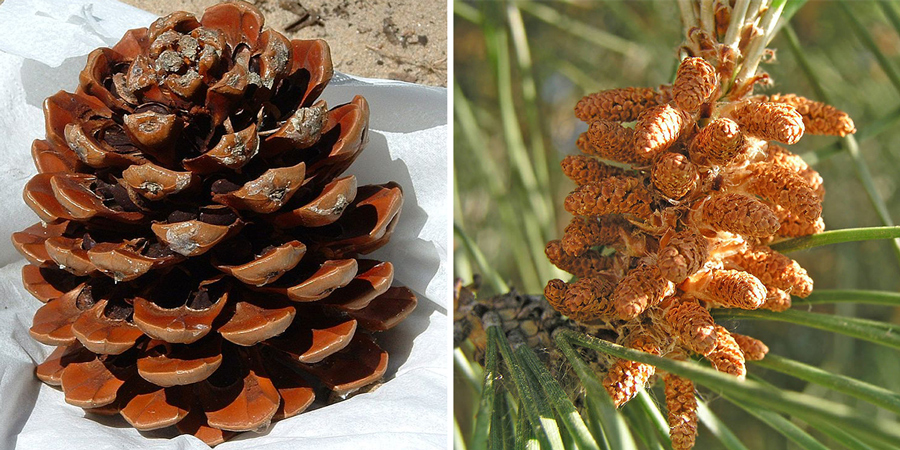 Pinus pinea female open cone (pine) and male cone / Wikimedia Commons.
Pinus pinea female open cone (pine) and male cone / Wikimedia Commons.
Online help
Nowadays, we have another kind of resources: websites, apps, forums or social media. For example, websites such as Herbari virtual del mediterrani occidental, with the participation of the University of Valencia, is one of the most visited by university students. It is easy to use, the vocabulary is not extremely complicated and you can search species by scientific name or common name both in Spanish and Catalan. However, you will have to pay attention to the distribution sections. There is a general one and another one dedicated exclusively to the distribution in the Balearic Islands (where the project started). Another website recommended by Olga Mayoral is Herbario de Jaca, focused on species from Aragón. Even though it can be tedious to find the species you’re looking for, because of all the intermediate steps, the descriptive sheets are complete and also offer some fun facts. To get reliable information on species from the Valencian territory and distribution you will have to consult, without a doubt, the Banc de Dades de Biodiversitat.
As for mobile apps, you can find plenty. Mar Sempere told us about them in the article Plant apps; there is one for you!, where you will find some useful plant apps. However, as Mayoral points out, the apps usually work well for gardening and plants you may find in the city, but we have to bear in mind that they have certain limitations in identification when used in nature. Possibly, with time, performance will improve and identifications will become more accurate.

C A course on Valencian Botany and much more!
This February, the Botanical Garden of the University of València has organised a course on Valencian Botany to learn to identify basic flora and plant ecosystems we can find on Valencian territory. Anatomy, reproduction, classification, uses and properties of plants will be the beginning of a training course with botany specialists such as Olga Mayoral, Jaime Güemes, Carles Fabregat, Silvia López and Sergio Ripoll.
Plus, throughout the year, the Botànic hosts other educational and informative activities to help you approach the world of plants: outings with specialised botanical guides who designed the tour “plant by -plant”, informative talks, courses, exhibitions, orchids, cacti and succulents meetings… And let’s not forget publications cuch as the collection “Botanical Monographs” or Catàleg Virtual d’Espècies Vegetals.
Bibliografia
Aguilella, A., Puche F. (2004). Diccionari de botànica. València: PUV.
De Bolòs, O, et al. (2005) Flora. Manual dels països catalans. Barcelona: Editorial Pòrtic.
Mateo, G. , Crespo, M. B. & Laguna, E. (2011). Flora valentina: Flora vascular de la Comunitat Valenciana. València: Fundació de la Comunitat Valenciana per al Medi Ambient.
Mateo, G. & Crespo, M. B. (2014). Claves ilustradas para la flora valenciana. Jaca: Jolube Consultor Botánico y Editor.






